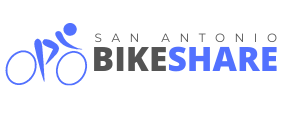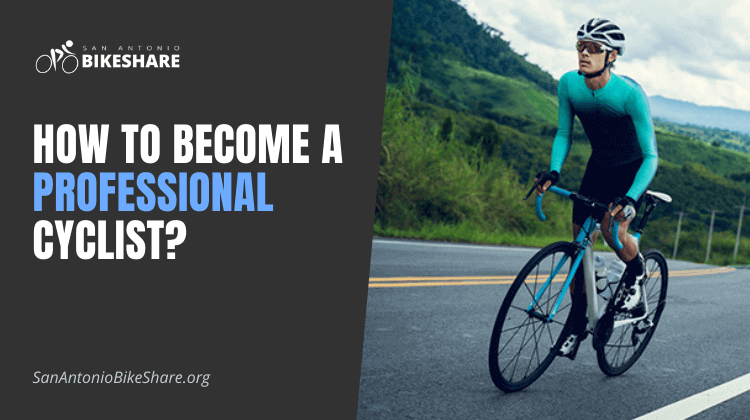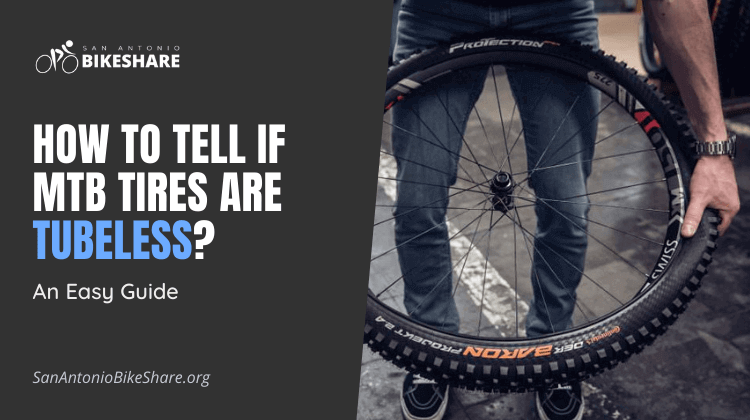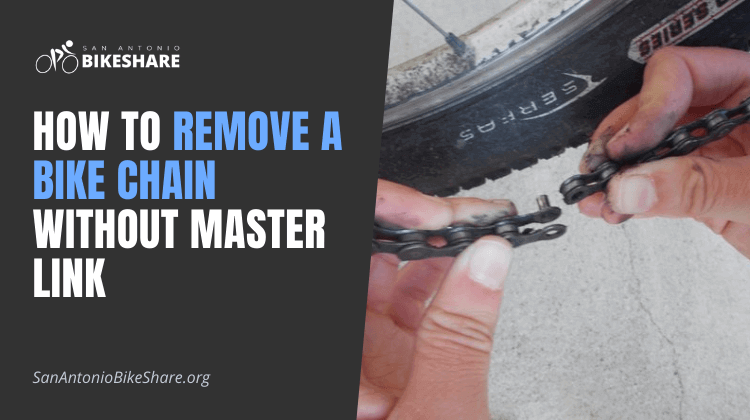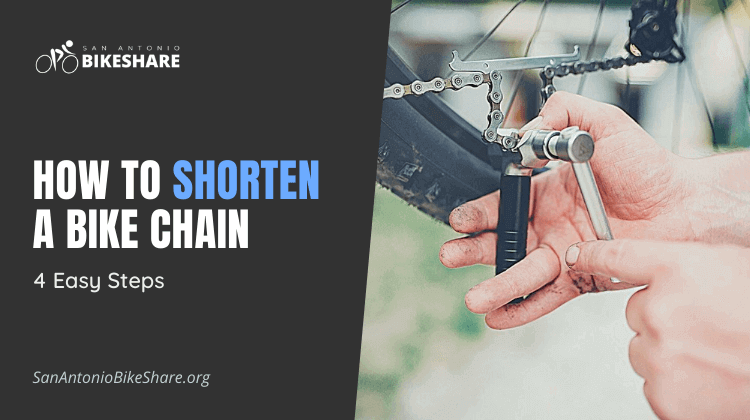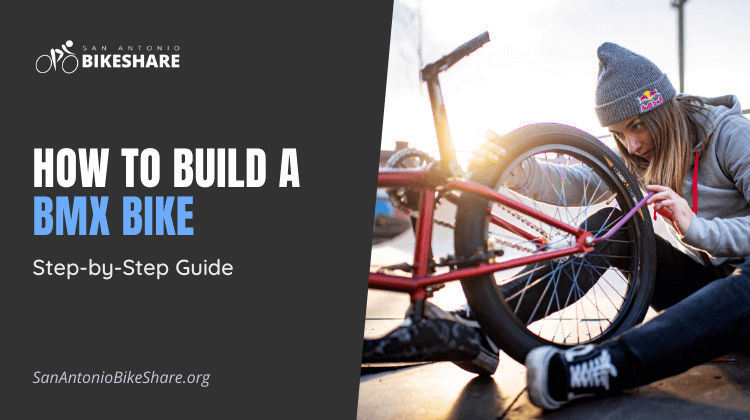How to Become A Professional Cyclist?
Are you wondering how to become a professional cyclist? You’ve arrived at the right place. Lets’ start learning!
Cycling has evolved into the ideal sport for anyone wishing to tone and gain muscle while getting a full-body workout.
Many people all around the world have found it to be their saving grace, and it is swiftly gaining traction as one of the most physically and intellectually fulfilling sporting pursuits.
Professional cyclists are becoming more frequent by the day, as many people take up cycling as a form of exercise.
Breaking into the professional cycling ranks is growing simpler due to an increase in events, equipment, and training in many countries, and if you’re naturally competitive, professional cycling may be the best pastime for you.
Before constructing your path to being the next top Tour de France cyclist, there are a few factors to consider, including nutrition, training, and physical activity. You’ll probably need to think about what kind of cycling equipment and gear you’ll need, as well as how you’ll fit into your chosen specialty.
So here you go, all the knowledge regarding your question “how to become a pro cyclist?”
How to Become A Professional Cyclist
Here’s everything you need to know about becoming a professional cyclist.
Nutrition
Your diet, like most professional athletic sports, has a significant impact on your ability to achieve success and perform well.
The truth is that you are what you eat, and no matter how many hours you spend training, exercising, and practicing to become a professional, your diet may quickly ruin all of that. What should you eat to offer your body the best chance of achieving peak performance?
Carbohydrates are the most common energy source.
I understand that carbs are your enemy, but you must make them your ally if you want your body to perform properly while cycling.
Make sure the carbohydrates you’re eating aren’t damaging to your health before you start eating pasta or bread. An easy approach to do this is to know what carbs to eat and when to eat them.
On race days, pro cyclists choose more easily digestible carbs, such as high-energy snacks. Foods like quinoa, brown rice, and potatoes are excellent sources of carbohydrates and should be consumed on a regular basis or the day before an event.
The glycemic index, which relates to the effect of glucose levels in the body after they’ve been digested, is the most important distinction between these carbs.
When you eat an energy bar, your blood glucose levels rise far faster than when you eat rice or bread, providing you with extra energy to use right away.
A Protein Supply
This includes a wide range of green leafy vegetables, beans, and nuts, rather than just meat and seafood. Protein will be needed to help rebuild muscles after intense activity, and you cannot afford to omit it from your diet.
If you lift weights or do strength training, make sure you get enough protein each day to avoid medical issues and muscle breakdown.
Of course, eating a well-balanced diet is important for optimal health, but if you concentrate on acquiring adequate nutrients from everything you eat, your body will rapidly catch up to what your mind has set out to do. And don’t forget to hydrate; your body requires adequate hydration to function correctly, whether you’re on or off your bike.
Training & Physical Activity
The toughest element is yet to come: training. To become a professional cyclist, most experts say that you should get on your bike and cycle for 2 hours, 5–6 days per week as a novice.
As you develop skills in the sport, you should extend your training time to up to 6 hours per day, which should include weight lifting and strength training.
Riders can change their riding ways on a frequent basis to keep themselves interesting in their journey; they can go from constantly changing their routes to using an indoor stationary bike when necessary.
Strength exercise is also important for muscle development and strength, as well as endurance.
Make leg and core muscles a priority, and practice a lot of leg exercises like squats and lunges. In many situations, hiring a personal trainer or cycling coach can help you improve your technique and skill set.
Cycling coaches can be located through local cycling clubs or by searching for renowned cycling websites or magazines in your area on the internet.
Buying Cycling Gear and Equipment
You’ll need to invest in a high-end bike after you’ve decided to go professional. I believe you should conduct some research into this because some bikes are solely for pleasure and comfort while others are for professional use. Start with our comfort bike guide to avoid misunderstandings.
I’d also argue that wearing the incorrect bicycle gear causes more harm than good, causing aches and pains that could have been avoided and making your cycling experience unpleasant rather than delightful.
If you train with a coach, he can assist you in selecting equipment, but if you don’t, visit your local cycling store for a professional bike fitting.
A professional fitting guarantees that you get the right bike for your size, weight, and desired performance, lowering the risk of injuries and enhancing riding comfort.
It also provides for increased overall performance because the bike’s comfort and adaptability allow users to go faster and quicker.
Because approaches and concepts for optimal performance vary from person to person, the experience of the person who fits you is critical in determining whether you get the correct gear.
To avoid making mistakes, do some study on the subject and compare your results to what the fitter knows to ensure that your values and goals are aligned.
Related: What to Wear When Mountain Biking? From Head to Toe
Getting Started with Cycling and Finding Other Cyclists in Your Area
Finding a local cycling community could provide you with the competitive advantage you need to improve your specialty and performance. You would be able to accept criticism that you would not have received otherwise if you had more experienced athletes around you to provide input.
More essential, work out alongside and learn from athletes who are more experienced than you. Having a friendly and active cycling community will help you improve your skills while also making training more enjoyable.
Begin competing on a smaller scale
Local cycling competitions, such as 5Ks and triathlons, as well as general obstacle course events, can help you acquire confidence and obtain an idea of how you’ll perform in larger international competitions.
These competitions also provide you the chance to develop your technique and test your competitiveness against more experienced riders who can advise you on what you should change.
You’ll be able to enter greater events as your skills grow, progressing from community and club tournaments to national competitions.
However, finding a sponsor is crucial, as many professional cyclists are underpaid and unable to make a living from their sport.
Having a sponsor will help with expenses like equipment and travel to other competitions.
Conclusion
This is all about how to become a professional cyclist; you’ll need to turn your passion for cycling into a career. Remember to train hard, eat well, and make lots of cycling mates to make this a fun lifestyle.
Have a great time cycling!
